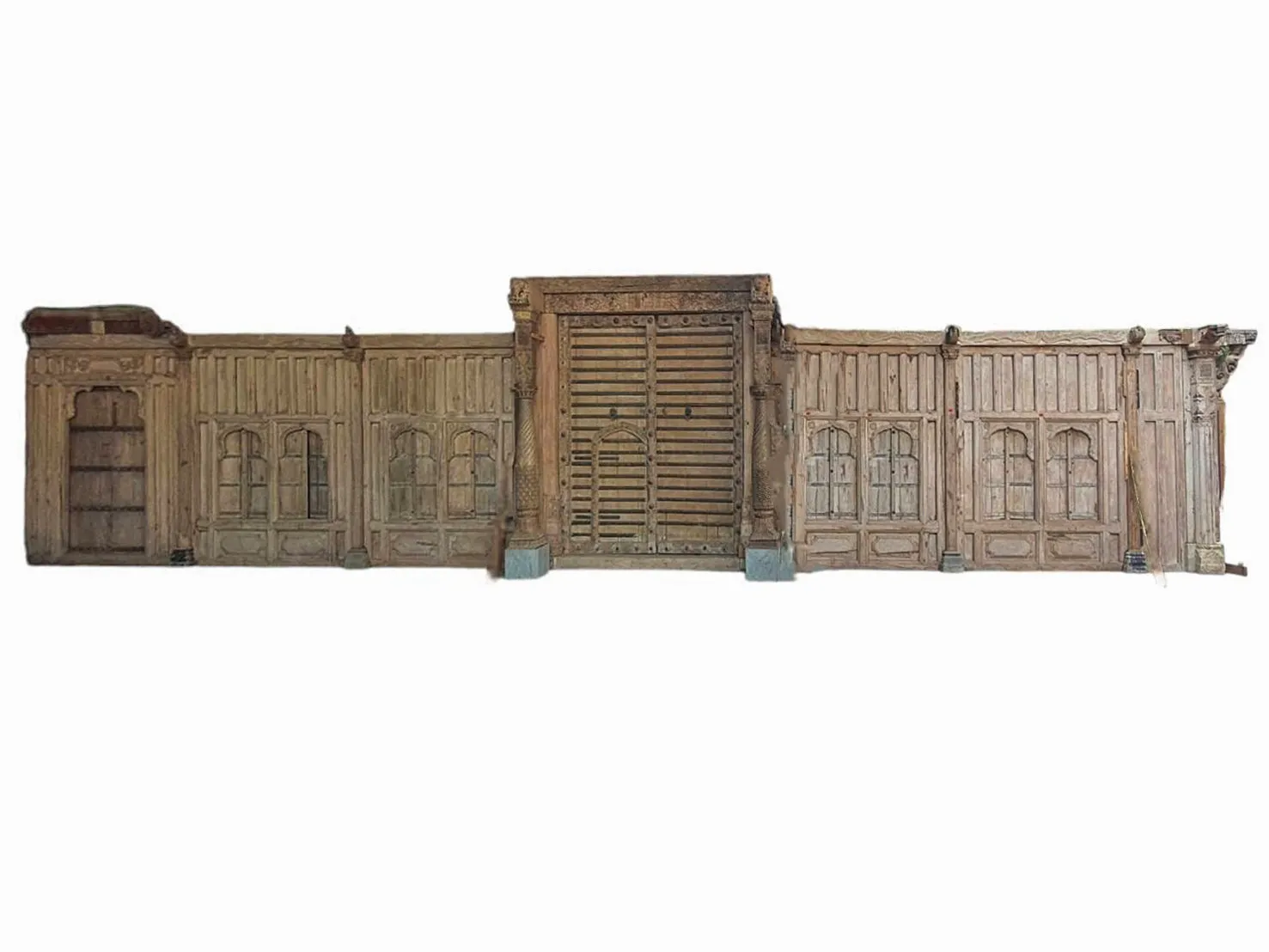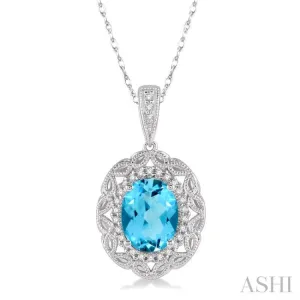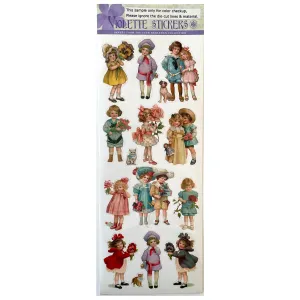This exquisite Indo-Saracenic building facade, dating to the late 1800s, features a grand entrance gate flanked by two intricately carved columns. The monumental Indian doors are reinforced with thick metal banding for added strength, while the door posts and lintel boast intricate floral carvings. The upper lintel showcases marigold motifs symbolizing good luck and love, while the lower lintel features a central "Kalash," or "pot of prosperity," representing abundance, framed within the outline of a Hindu temple. Carved elephants at the frame's corners symbolize strength and power, and the doorposts are almost plain. The entrance is flanked by grand palm tree-shaped columns with elaborate carvings, symbolizing peace. Wooden partitions with four windows on each side of the door are decorated with a blend of Indian Marathi and British colonial designs. The upper frame of each segment is adorned with acanthus leaves and protruding horses, symbolizing nobility. Below each horse is a Doric-inspired column on a sandstone base. The windows feature Marathi brackets formed from mango leaves making Chhatri domes, each adorned with marigold flowers, with British-inspired raised panels at the base. On the far right, a Mughal-inspired column showcases motifs of betel nut, pomegranate flowers, and parrots, while the far left features a small entrance gate combining British colonial and indigenous designs. This facade is a magnificent example of 19th-century Indian craftsmanship, with its powerful construction and rich symbolism.















